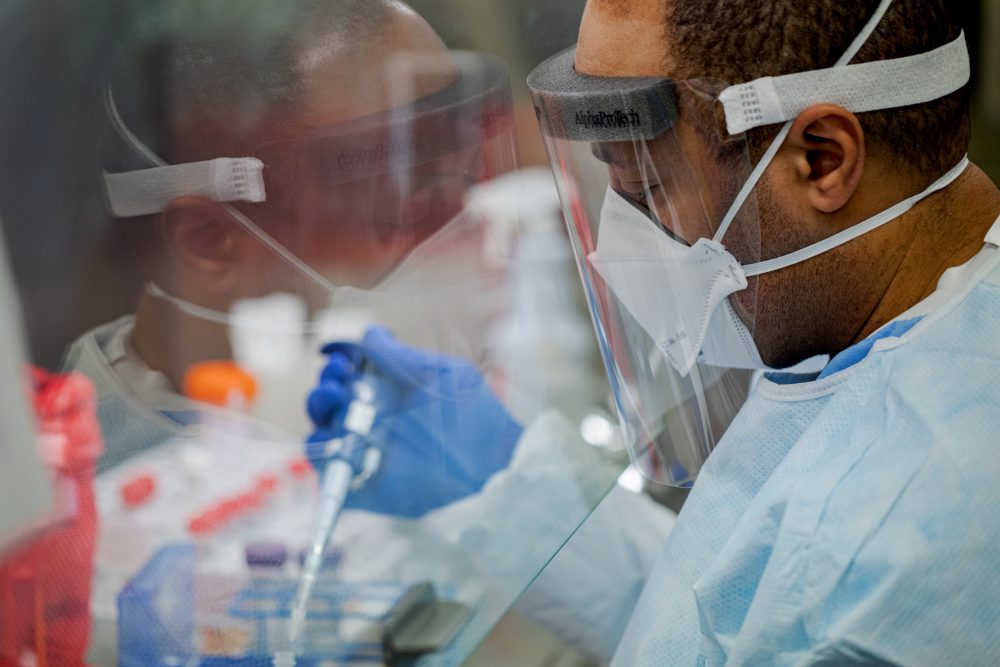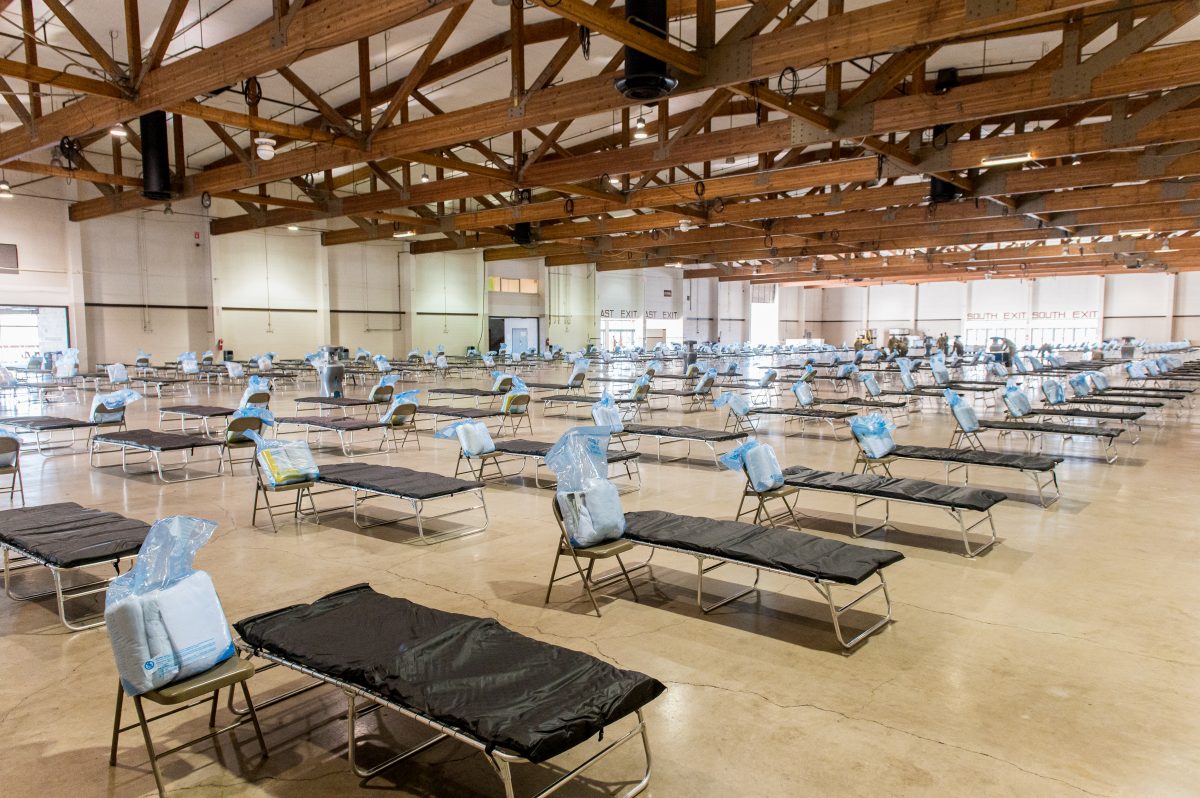COVID-19: Approaches for Funders
The Center for Disaster Philanthropy (CDP) has been following the development of the novel coronavirus – commonly referred to as COVID-19 – since the news first broke at the end of December. The cases in the U.S. are increasing daily, as are the number of deaths. More than 110 countries around the world have cases […]

The Center for Disaster Philanthropy (CDP) has been following the development of the novel coronavirus – commonly referred to as COVID-19 – since the news first broke at the end of December. The cases in the U.S. are increasing daily, as are the number of deaths. More than 110 countries around the world have cases of COVID-19. It is now been declared a pandemic by the World Health Organization (WHO).
CDP is actively working on many fronts. We have a COVID-19 disaster profile which is updated several times a week with links to key resources with accurate and relevant information about the virus. We are also checking in with our nongovernmental organization (NGO) partners and foundations to see who is going to be responding as the disease continues to spread. In addition, we recently hosted a COVID-19: How Philanthropy Can Respond webinar; view the recording here. We also launched the CDP COVID-19 Response Fund to support preparedness, containment, response and recovery activities for those affected and for the responders.
For many people, this virus will feel like a common cold. In fact, some may never know they have it or may never even get tested. Common techniques for avoiding transmission of flu and colds are important: get a flu shot, stay home when feeling ill and frequently wash your hands with soap and water.
However, for vulnerable populations – especially older adults and people who are critically ill – this virus is high risk. Research carried out by Chinese Center for Disease Control and Prevention (China CDC) studied more than 72,000 cases of COVID-19 in Mainland China found a 2.3 percent case fatality rate (CFR), although WHO now says it can be as high as 3.4 percent. China also found that among the critically ill the CFR was 49 percent. They also found that this disease hits the elderly the hardest – the CFR was 14.8 percent in patients 80 and older and 8.0 percent in patients ages 70 to 79. By comparison, SARS had a CFR of 9.6 percent and MERS has a CFR of 34.4 percent. The flu usually has a CFR under one percent. Two of the outbreaks in the U.S. have taken place in nursing homes.
Now is the time for philanthropy to get engaged and take action to plan response and funding activities. How can funders respond? We encourage you to think about your response in a few different ways:
1) Continuity of Operations (COOP): We encourage all funders to review or create a Continuity of Operations Plan and to address and incorporate COVID-19 issues. The biggest impact is going to be how to plan for the potential that some or all of your staff are quarantined at home and unable to come to work.
- Who is writing checks if your CFO and/or your electronic system is unavailable? Can payroll be met without staff working in the office?
- Where are staff working? If they’re able to work remotely do they have the necessary equipment and access to shared resources? Does everyone have a work phone, laptop and home internet?
- If someone gets ill – even with a mild version of the virus – recovery can be longer than a normal cold. Do they have enough sick time or is there a way to allow for an emergency exception to your normal leave policies?
2) Supporting Current Grantees: Think about how you can support your existing grantees during this crisis.
- Are NGOs in need of extra and flexible resources? Consider making an emergency grant with limited conditions to allow organizations to put the money where it is needed most.
- Can you provide an additional donation or redirect existing grants into COVID-19 response?
3) Making COVID-19 Grants: While more than $1.1 billion has been invested in response by philanthropy – mostly Chinese and American companies and their foundations – much more is still needed. Now is the time for all funders, even those who do not think of themselves as disaster funders, to step up.
- Allow local leadership to help direct the funding. They are closest to those impacted and have a better understanding of local culture and needs.
- Recognize that you may have to wait until a government acknowledges and invites external support. Be prepared and ready to fund when that announcement is made.
- Find ways to support quarantined individuals. The use of quarantines/self-isolation is crucial to helping control the spread of any infectious disease, including COVID-19. However, extended quarantine times can be very difficult for the people who are quarantined. They are unable to go to work, go shopping for necessities, attend social functions or even see their families in some cases. Anything that can help make quarantine a little more bearable and mitigate the effects of social isolation (such as reduced income and increased mental health challenges) for people makes it more likely they will keep themselves quarantined for the appropriate amount of time. This includes supporting them once the quarantine is over, especially if they lost income, housing or employment.
- Support the research into SARS-CoV-2 (the official name of the virus) and COVID-19 (the name of the disease). Significant research into vaccines and antivirals will be needed in order to achieve breakthroughs that may help save lives. Within this, it is important that philanthropy advocates for equitable distribution of vaccines, tests and antivirals. It will also be important to ensure that vaccines, tests and antivirals are accessible to even the poorest countries and not amassed by wealthier nations, or within wealthier communities. Even within the U.S. it will be important to ensure that everyone has access, regardless of the kind of insurance they hold.
- Fund organizations that are working in areas with poor access to regular medical services. People without access to regular medical care are more prone to have existing medical needs that make them more susceptible to infections of all types. This includes countries with limited health care as well as reservations, rural communities and inner-city neighborhoods.
Remember, an ongoing and developing crisis like this is a good time to do organizational preparations and to be flexible in funding. There are going to be multiple phases and needs in this crisis – the medical response situation, support for research and assisting vulnerable people who have been affected.
More like this

For equitable recovery from COVID-19, we can’t leave LGBTQ+ people behind

